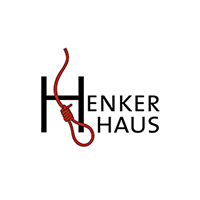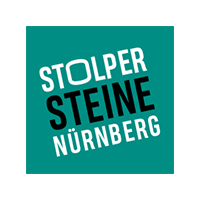From Bridge Fortifications over the Pegnitz to Executioner’s Official Residence
Executioner’s House, Executioner’s Tower and the Wine Barn: hardly any other building ensemble represents so impressively Nuremberg’s Romantic half-timbered architecture. However, for a long time this picturesque corner was not one of the city’s showpieces.
With the extension of the city wall in the 15th century, the fortifications on both arms of the Pegnitz River in the Trödelmarkt Island area lost their defensive function, as did the tower – later referred to as the executioner’s tower – situated between these structures. As in the case of Debtor’s Tower and the fortifications on Schutt Island, the defensive constructions here were given another use. The battlements area was closed and converted into dwellings for the Nuremberg executioner – referred to in the city as the “Nachrichter” (“afterjudge”) – and his assistant, called the “lion”. Only the executioner’s house has survived.
In the Middle Ages and the early modern period, the executioner and his assistant lived on the margins of society. Thus, in the imperial period, today’s impressive buildings around the executioner’s house were inhabited by some of the less well-off citizens of Nuremberg.
The situation changed at the beginning of the 19th century, when the last municipal executioner ended his period of office and left the house. The building and the neighbouring Wine Barn became one of the most popular postcard motifs for Nuremberg’s growing tourist industry.
The exhibition in Executioner’s House presents these aspects of the building’s history, together with basic information about the legal system in the Middle Ages and the early modern period. The aim of History for Everyone is not to emphasise the cruelty and brutality of the pre-modern concept of punishment but to place these actions and their agents in the appropriate historical context.
All the information in Executioner’s House is presented in German and English. In addition, flyers for use by exhibition visitors are available in various other languages.



